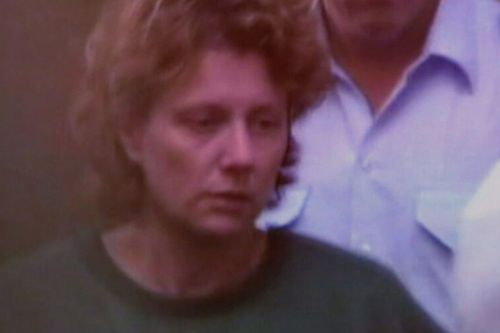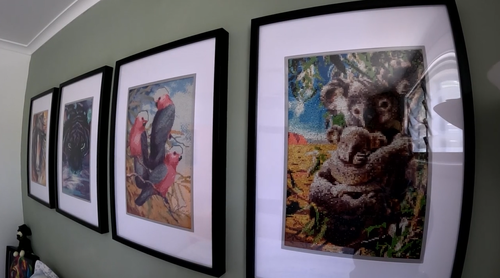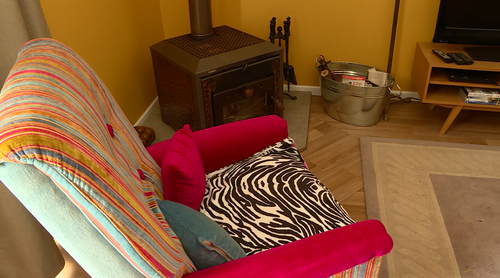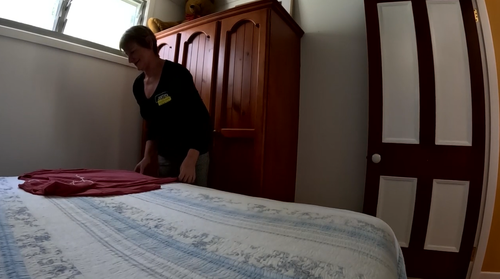She said the place featured things Folbigg had made during the last 20 years, things “she knows and feels calm with”.
“What we’ve done for her is give her a sanctuary that she’s always wanted,” Chapman said.

“Peaceful, quiet, she’s surrounded by animals. She’s got colour in her life because she’s had anything but colour.”
Former NSW chief justice Tom Bathurst KC is heading the inquiry, and will prepare a report for the governor on whether to exercise the royal prerogative of mercy, a power the Department of Communities and Justice describes as “rare and exceptional”.
“What we had in court was amazing, and that should’ve meant that it triggered an immediate release,” Chapman said.
“I then felt it would be inevitable that the judge would either recommend a pardon at the end, which he didn’t do, or new Attorney-General (Michael) Daley would step up to the plate and actually announce that he would pardon Kathleen.”
Two weeks on from the hearing, Chapman said the silence from Daley was “unacceptable”.

“I don’t see any leadership in this space. It’s incredibly disappointing and incredibly frustrating and I’m getting to the point where I’m infuriated now,” she said.
Tracy argued Daley had the power to set Folbigg free while awaiting the recommendations from the inquiry.
“Lindy Chamberlain had to wait 17 or 18 months for that process, but she was pardoned within days of the matinee jacket being found,” Chapman said, referring to the woman who served more than three years of a life sentence for killing her baby at Uluru before she was exonerated.
Folbigg maintains her innocence, claiming her four babies – Laura, Sarah, Caleb and Patrick – died of natural causes between 1989 and 1999.

She was sentenced to 25 years in prison in 2003. The 20-year anniversary of her incarceration is on May 21.
Folbigg and her two daughters were later found to carry a rare genetic variant, casting doubt on her convictions and triggering the inquiry, the second into her convictions.
She’s held in maximum security at Grafton’s Clarence Correctional Facility. But Chapman has spent hours creating Folbigg’s “sanctuary”, ready for her release.
“So her place is a little bit quirky, a little bit fun, a little bit bright,” Chapman said,
“She’s got a very comfortable bed because she’s got a very bad back and she’s been sleeping on a foam vinyl mattress for 20-odd years.”

The bedroom features about a dozen bead artworks Folbigg created in prison.
“It’s partly a journey towards freedom when she looks at things in her space,” Chapman said.
“It’s part of the things she set up herself to empower herself, to be ready for this moment.”
